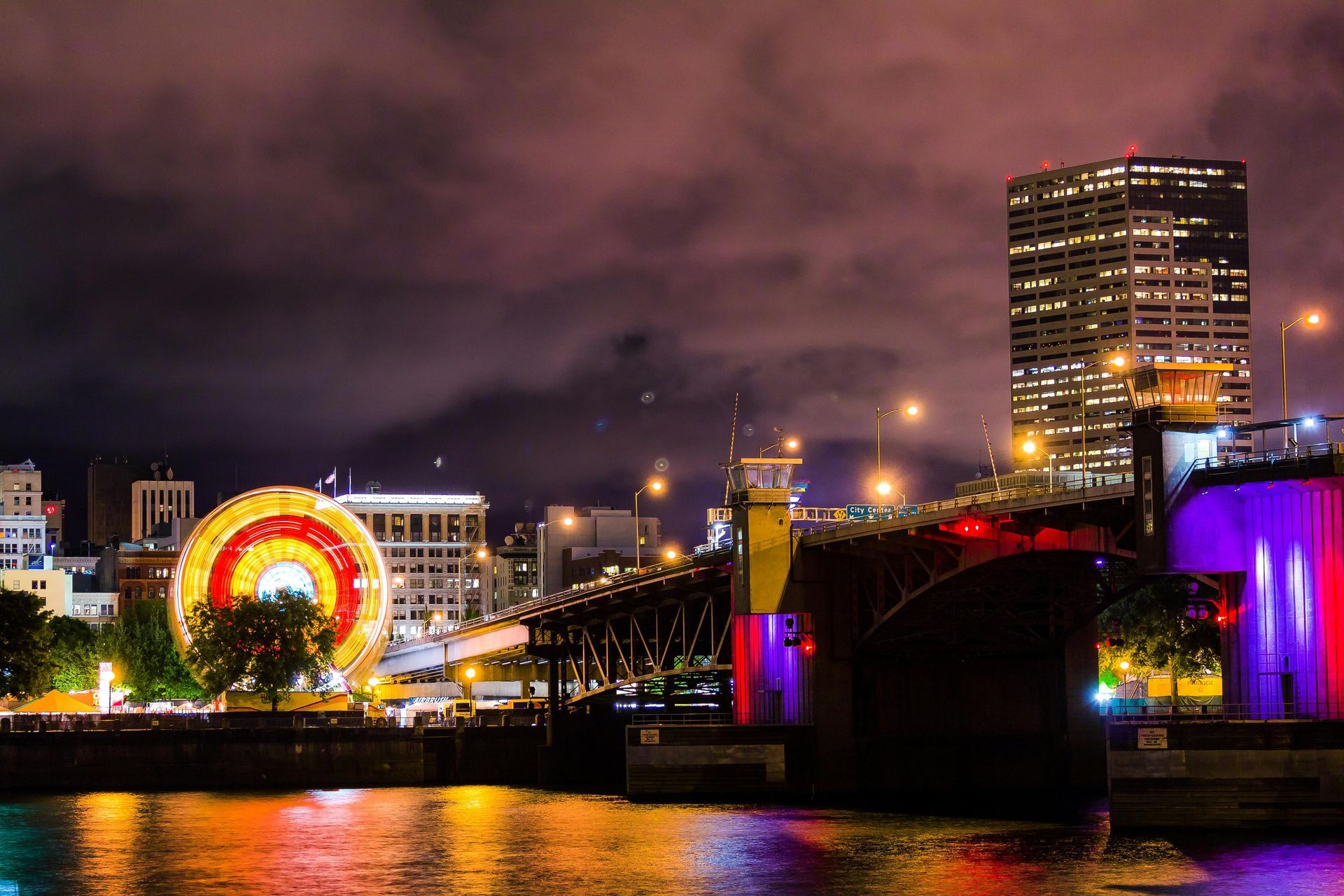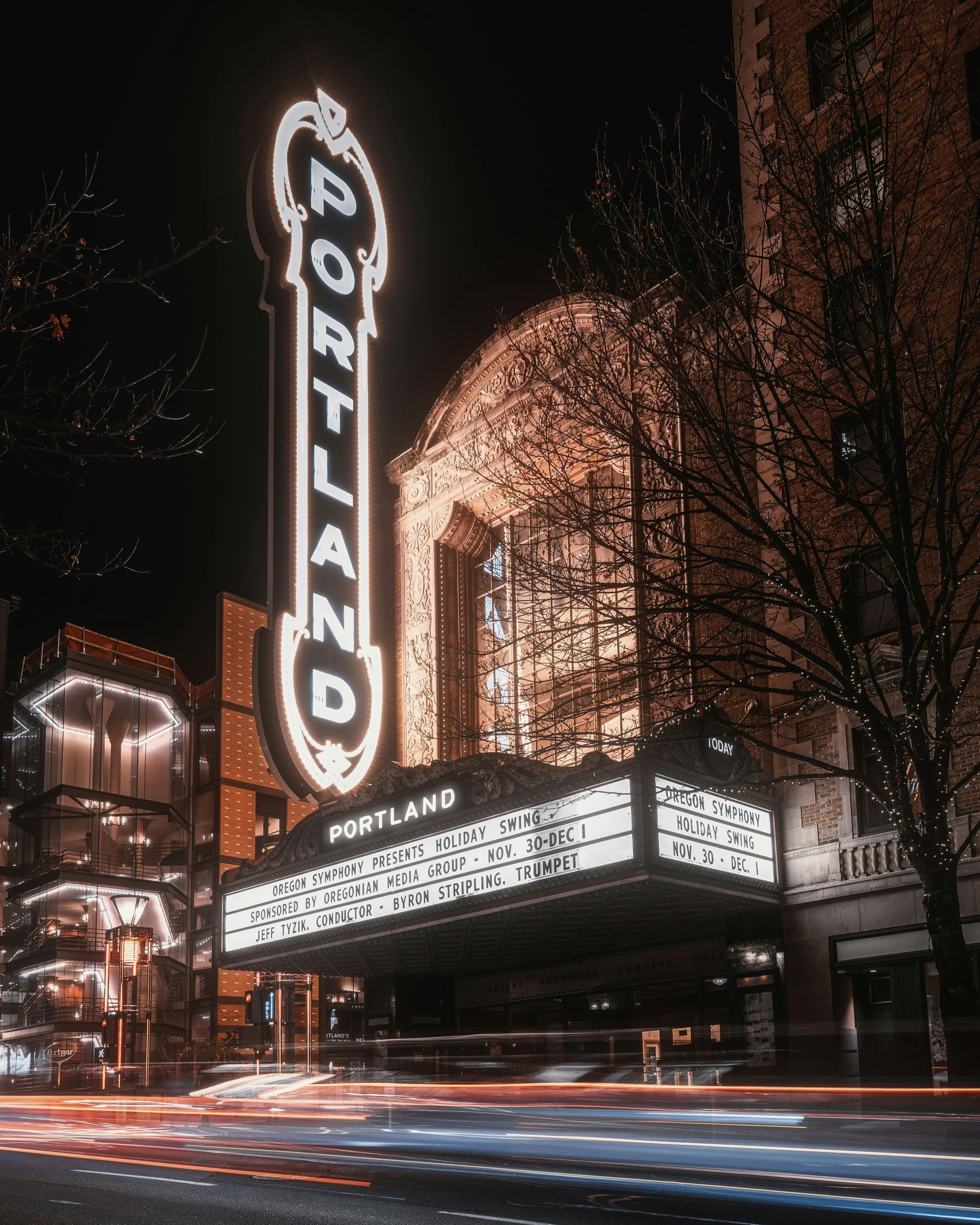Wine Tours in Willamette Valley: The Only Guide You’ll Ever Need
Imagine sipping world-class Pinot Noir while overlooking misty vineyards that stretch across rolling Oregon hills. That’s not a dream—it’s a Willamette Valley wine tour. In this article, we’ll walk you through everything you need to know to plan the perfect wine tour in Oregon’s iconic Willamette Valley. Whether you're a curious first-timer or a wine aficionado, you'll get expert insights, local tips, and answers to the most common questions travelers ask.
What Makes Willamette Valley So Special?
Stretching over 150 miles from Portland to Eugene, the Willamette Valley has earned its place among the world's premier wine destinations. Home to more than 700 wineries, this region produces nearly 70% of Oregon’s wine, according to Winetourism.com. But what truly sets it apart is its dedication to craftsmanship and sustainability.
In 2016, the valley was honored as “Wine Region of the Year” by Wine Enthusiast Magazine, a recognition that reflects its unwavering commitment to quality. Pinot Noir dominates the landscape, accounting for nearly 70% of vineyard plantings, but you'll also find exceptional Chardonnay, Pinot Gris, and Riesling.
The Willamette Valley is also home to 11 sub-appellations, known as AVAs (American Viticultural Areas), including celebrated names like Dundee Hills, Yamhill-Carlton, and Eola-Amity Hills. Each sub-region brings its own flavor profile and microclimate, making every sip a new experience.
Best Time to Visit Willamette Valley for Wine Tours
While wine lovers flock to the valley all year, the season you choose can shape your experience:
- Fall (September–October): The region comes alive during harvest, with grape-picking, festivals, and a palpable energy in the air.
- Spring (March–May): This is a quieter time with budding vines and barrel tastings—a hidden gem for travelers avoiding crowds.
- Summer (June–August): Expect vibrant energy, perfect patio weather, and lively weekend events.
- Winter (November–February): Enjoy intimate tastings by the fireplace, and access to limited-release wines often unavailable during peak season.
If you're looking for fewer crowds and deeper conversations with winemakers, spring or winter might surprise you with their charm.
Planning Your Wine Tour: Guided or DIY?
You have two main routes:
Guided Tours
Ideal for those who want convenience and curated experiences. Tour companies like Backcountry Wine Tours and Tesla Custom Winery Tours handle the logistics, provide transportation, and often include extras like food pairings or special access to winemakers.
- Pros: No stress, no driving, expert-led.
- Cons: Higher cost, set itineraries.
Self-Guided Adventures
Perfect for more independent travelers. You can create your own route, book your preferred wineries, and explore at your pace.
- Pros: Full control, flexible budget.
- Cons: You’ll need a designated driver or rideshare plan.
Tip: Whether you go guided or self-guided, aim for 3–4 wineries a day max. Quality over quantity always wins.
Whether you prefer the ease of a guided itinerary or the freedom of self-navigation, local experts can help craft the ideal experience. For those seeking a personalized route, professional drivers, and premium vehicles, check out Elite Town Car Willamette Valley Wine Tours to build your perfect day among the vines.
What to Expect at the Wineries
From rustic barns to sleek, modern tasting rooms, the diversity of experiences is part of what makes Willamette Valley special.
A typical tasting includes 4–6 pours, usually for a fee between $15 and $30. Many wineries waive this fee with a bottle purchase. Some wineries also offer vineyard walks, educational sessions, or cellar access, especially if you reserve a premium tasting.
The region’s boutique, family-run approach means your host might be the winemaker or even the owner. Conversations are personal, passionate, and often full of insight into the winemaking process.
Must-Visit Wineries in Willamette Valley
Here’s a curated mix of iconic names and hidden gems you shouldn’t miss:
| Winery | Known For | Experience |
|---|---|---|
| Domaine Drouhin Oregon | Pinot Noir, Burgundy roots | French elegance in Oregon soil |
| Stoller Family Estate | Pinot Noir & Chardonnay | Modern design, solar-powered tasting room |
| Sokol Blosser | Organic wines | Family-owned with eco-cred |
| Brooks Winery | Riesling, Pinot Noir | Laid-back, scenic views |
| Archery Summit | Premium Pinot Noir | Estate-focused, refined experience |
Many of these wineries are also LIVE-certified or follow organic and biodynamic principles, reflecting the valley’s deep commitment to environmental stewardship.
Tour Types: Group, Private, or Themed
Group Tours
Great for meeting fellow wine lovers or for solo travelers looking for social energy. You’ll usually visit 3–4 wineries and have a guide to walk you through each stop.
Private Tours
Perfect for couples or small groups wanting a personalized, high-end experience. You can choose the wineries, schedule, and even customize your transportation—limos, Teslas, or classic vans.
Themed Tours
Looking for something niche? Some operators offer sparkling wine tours, organic-only routes, or even e-bike wine adventures for the active traveler.
Wine + Food = A Match Made in Oregon
No wine tour is complete without incredible food, and the Willamette Valley delivers. Several wineries offer chef-prepared plates, local charcuterie, or full multi-course meals.
- Soter Vineyards is known for elevated food and wine pairing experiences.
- Durant Vineyards serves up gourmet bites alongside its own estate olive oil.
- Domaine Serene offers luxurious lunch pairings and exclusive seated tastings.
Prefer something casual? Pack a picnic and enjoy it at a vineyard that allows outside food. The view alone is worth it.
Tips for First-Time Visitors
- Dress in layers – Oregon weather is famously unpredictable.
- Wear comfortable shoes – Expect gravel paths and possible vineyard strolls.
- Don’t rush – Slow down, ask questions, and enjoy the moment.
- Avoid perfume – It interferes with your ability to smell and taste wine.
- Hydrate – Bring water and pace yourself. Even small pours add up.
- Ship your wine – Many wineries offer in-house shipping to avoid carrying bottles.
If you’re planning to visit multiple wineries or want a stress-free day, consider hiring a professional driver. Services such as Elite Town Car offer private wine tour transportation with experienced chauffeurs who know the valley and its top stops—so you can sip, relax, and never worry about directions.
FAQs: Willamette Valley Wine Tours
What’s the best time to go?
- Fall is the most popular, but spring and winter offer quieter, more personal experiences.
Do I need reservations?
- Yes, especially on weekends or for premium tastings.
What wine is the region known for?
- Pinot Noir dominates, but you’ll also find award-winning Chardonnay, Riesling, and sparkling wines.
Can I bring kids or dogs?
- Some wineries are family- and pet-friendly, but always call ahead to confirm.
Are the tours beginner-friendly?
- Absolutely. Staff love sharing their passion with curious newcomers.
How many wineries in a day?
- Three to five is ideal. More can be overwhelming.
Is tipping required?
- It’s courteous to tip guides and drivers—15–20% is standard if not already included.
Where to Stay in the Willamette Valley
Looking for the perfect base? Consider:
- McMinnville: Walkable downtown, great restaurants and hotels.
- Dundee: In the heart of wine country, close to top-tier vineyards.
- Carlton: Small-town charm with boutique lodging.
- Luxury options: The Allison Inn & Spa, Atticus Hotel.
If you’re planning a multi-day tour, stay within a short drive of your chosen AVA for convenience and relaxation.
Sustainable Touring: Sip Green
The Willamette Valley stands out not only for its wines but also for its sustainability practices. According to Winetourism.com, many vineyards are certified organic or biodynamic, while others carry LIVE certifications—a rigorous sustainability standard specific to the Pacific Northwest.
Even tour operators are getting in on the movement, offering electric vehicle tours and promoting zero-waste practices. Supporting these businesses means your glass of wine is doing a little good for the planet too.
Conclusion: Sip Slow, Travel Well
Touring the Willamette Valley isn’t just about sipping wine—it’s about slowing down and savoring the story behind every bottle. With its unique climate, family-run vineyards, and dedication to quality, this region offers a wine experience unlike any other in the U.S. Let Willamette Valley surprise you. Let Willamette Valley surprise you. Come for the Pinot Noir, stay for the people, the views, and the unforgettable flavor of Oregon’s wine country. Ready to plan your visit? Reserve your private wine tour here and let the journey begin in comfort and style.


